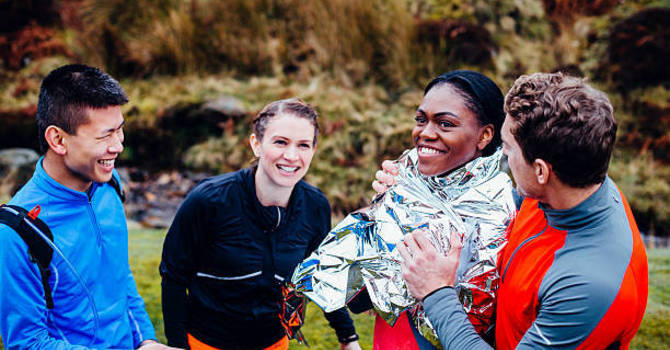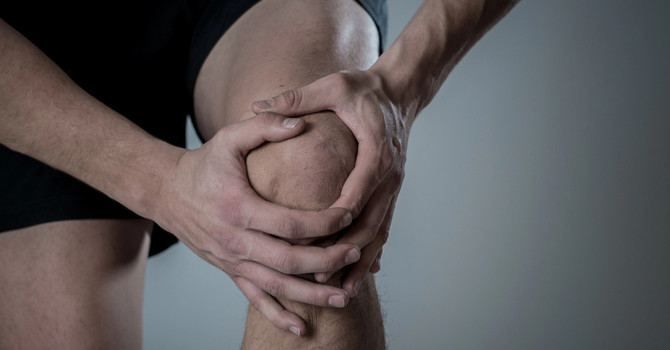
We are sharing our favorite tips to keep you injury-free while running.
As the weather warms up here in Michigan, we're excited to see everyone out on the pavement. To help you stay out there, we've compiled some essential advice.
1. Increase Training Load Gradually
One of the biggest causes of running injuries is doing too much too soon. Track your mileage, distance, and running time carefully. A general rule of thumb is not to increase your running time or distance by more than 10-15% per week. Exceeding a 30% increase can significantly raise your risk of injury.
2. Track Your Shoe Mileage
Worn-out shoes can lead to injuries. Use apps like Strava to track your mileage. Once you hit around 250 miles, it's time to check your shoes. Head to your local running store, like Runners in the Tri-Cities, where they match online prices and offer a 30-day trial period for new shoes.
3. Optimize Your Cadence
Overstriding can cause significant stress on your spine, leading to injuries. Aim for a cadence of 160-180 steps per minute to promote a midfoot strike and reduce overstriding.
How to Find and Train Your Cadence
- Use a smartwatch or apps to track your cadence.
- On a treadmill, set a comfortable speed and count your right foot strikes for 30 seconds, then multiply by four.
- If your cadence is 150, apply a 10-15% increase to aim for 165 steps per minute.
- Use interval training with a Tabata timer and a metronome set to your desired cadence.
- Train on a treadmill to control your speed and foot strike.
4. Warm-Up Properly
Jumping out of bed and hitting the road can shortchange your muscles and increase injury risk. Start with a foam roller to get blood flowing to your quads, glutes, hamstrings, and calves.
Dynamic Warm-Up Routine
- Hip Flexor Warm-Up: Stand on one leg, bring the opposite knee up, and repeat 8-10 reps.
- Quad Activation: Straighten your leg out, then bring it back, working your hip flexors and stretching your hamstrings. Repeat 8-10 reps.
- Heel to Butt: Incorporate this to activate your hamstrings. Repeat the entire cycle for both legs.
5. Single Leg Strength
Running involves a lot of single-leg activity. Prioritize strength training with exercises like squats and single-leg lunges to build resilience and avoid injuries.
6. Seek Professional Help
If you or someone you know experiences running injuries such as plantar fasciitis, IT band syndrome, shin splints, or back and neck pain, we specialize in treating these conditions. Call us at (989) 686-6808, and let's keep you running injury-free all summer long.
By following these tips, you'll enhance your running experience and stay injury-free. Happy running!





